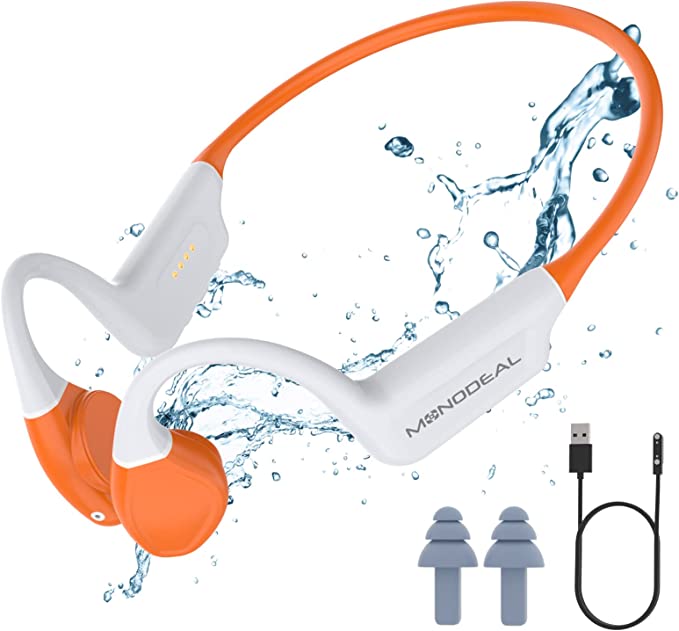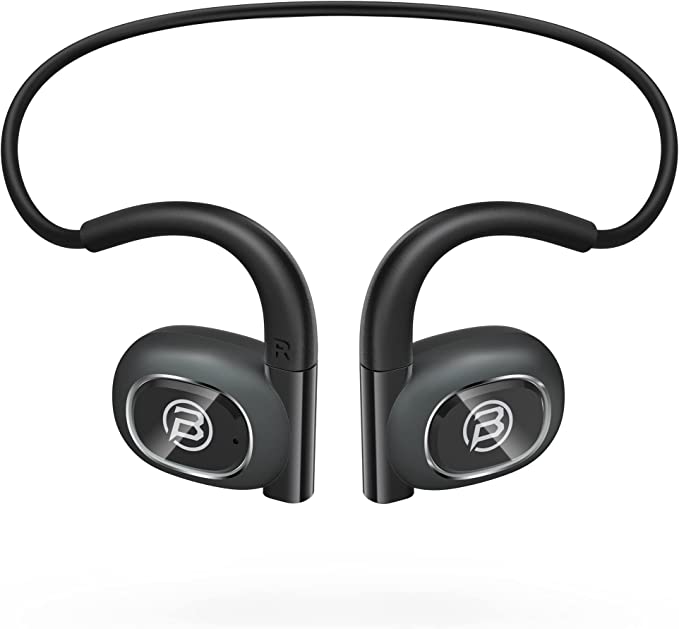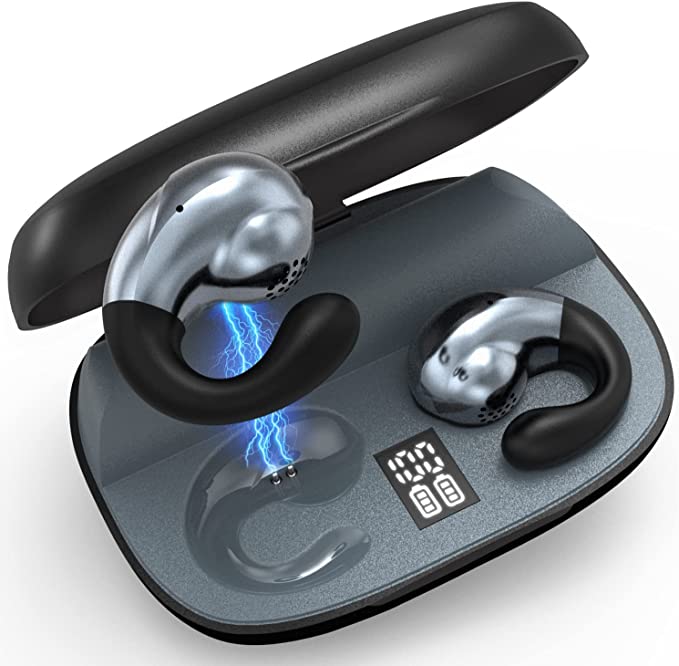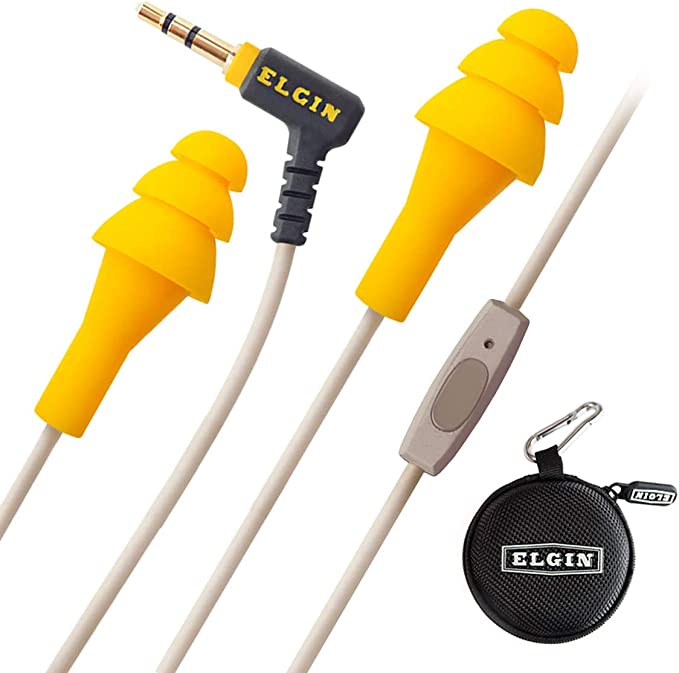ISOtunes IT-36-37 Sport ADVANCE BT Shooting Earbuds: Hearing Protection That Hits the Mark for Shooters
Update on June 20, 2025, 10:59 a.m.
The sharp, concussive crack of a firearm discharging is an assault on the senses, a raw display of energy that, while integral to shooting sports and tactical professions, carries an invisible but potent threat: permanent hearing damage. For generations, the solution was straightforward – block the ears. But this created a frustrating paradox: safeguarding your hearing often meant sacrificing your connection to the world, muffling crucial range commands, the subtle sounds of game, or a teammate’s urgent call. Today, acoustic science offers a more sophisticated answer, a way to hear smarter, not just harder. Enter devices like the ISOtunes IT-36-37 Sport ADVANCE BT shooting earbuds, which aren’t just about silence, but about intelligent sound management.

A quick glance back reveals a journey from rudimentary solutions – think cotton wads or simple, solid earplugs – to more engineered passive earmuffs. These all operate on the basic principle of creating a physical barrier to sound waves. Then came the first wave of electronic hearing protection, typically amplifying quiet sounds while attempting to clip loud ones. This was a step forward, but the quest for a truly seamless blend of protection and awareness continued, leading to the advanced technologies we see today.
The ISOtunes Sport ADVANCE BT earbuds represent this new era. They are more than just a pair of wireless headphones; they are a compact suite of acoustic technologies designed to navigate the complex auditory landscape of high-noise environments. Let’s peel back the layers and explore the science that makes them tick.
At the very core of these earbuds lies a technology known as Tactical Sound Control (TSC). This isn’t your everyday noise cancellation that aims to create a bubble of silence, nor is it simple amplification that would make a gunshot deafeningly dangerous. TSC is a dynamic, level-dependent system that acts like a highly responsive conductor for the orchestra of sounds around you.
It all begins with tiny, omni-directional microphones embedded in the earbuds. These are the vigilant sentinels, constantly sampling the acoustic environment. When a sound wave from, say, a nearby conversation or the rustling of leaves, reaches these microphones, it’s converted into an electrical signal. This signal is then fed into the earbuds’ internal circuitry, which houses a sophisticated Digital Signal Processor (DSP). This DSP is the brain of the operation, analyzing the incoming sound levels with incredible speed.
Now, here’s where the “magic” happens, though it’s pure science. If the DSP detects a sudden, high-energy impulse noise – the signature of a gunshot – it triggers a protective response in under 2 milliseconds. To put that into perspective, the blink of an human eye takes about 100 to 400 milliseconds. This near-instantaneous reaction is crucial because the peak sound pressure from a firearm can cause immediate and irreversible damage to the delicate hair cells in your inner ear. The TSC effectively “gates” or rapidly attenuates this harmful peak, bringing it down to a safer level before it reaches your eardrum.

But protection is only half the story. Simultaneously, TSC allows lower-level ambient sounds to pass through. In fact, it can even gently amplify these sounds up to a predetermined safe limit, specified in the product Q&A as up to 85 decibels. This 85 dB threshold is significant; it’s a level generally recognized by occupational health organizations like OSHA (Occupational Safety and Health Administration) and NIOSH (National Institute for Occupational Safety and Health) as an exposure limit for an 8-hour workday to prevent noise-induced hearing loss. By allowing these environmental sounds through – and importantly, delivering them in stereo to preserve your ability to localize sound (telling where a sound is coming from) – TSC ensures you remain connected to your surroundings. You can hear range commands, the movement of others, or the subtle cues of nature, all while the system stands ready to shield you from sudden impacts. This intelligent filtering is what sets advanced systems apart from cruder on/off electronic protection.
While the sophisticated electronics of TSC manage the dynamic sounds, an unsung hero provides constant, unwavering protection: passive noise isolation. The Sport ADVANCE BT earbuds boast a Noise Reduction Rating (NRR) of 26 decibels. This NRR is a standardized measure (in the U.S., typically tested according to ANSI S3.19 standards) representing the average amount of sound reduction a hearing protector provides in a laboratory setting.

This passive fortress for your eardrums is primarily achieved through the heat-activated polyurethane foam ear tips. When you roll these tips down and insert them into your ear canal, your body heat causes the foam to slowly expand. Polyurethane foam exhibits viscoelastic properties – it’s both viscous (flows slowly) and elastic (returns to its original shape). This allows it to conform intimately to the unique contours of your ear canal, creating a tight acoustic seal. This seal physically blocks a significant portion of sound energy across a broad range of frequencies from ever reaching the electronics or your eardrum. This NRR of 26dB is your baseline guardian, always on duty, even if the earbuds are powered off or the battery runs out. Achieving this rated NRR, however, is critically dependent on selecting the correct ear tip size and ensuring a proper, deep insertion and seal – a factor often highlighted in user experiences as key to both protection and comfort.

The modern world, even at the range or in the field, often demands connectivity. The ISOtunes Sport ADVANCE BT bridges this gap with Bluetooth 5.0 technology. This iteration of the Bluetooth standard offers a stable and efficient wireless link to your smartphone, tablet, or computer. This means you can stream music to make a long practice session more enjoyable, listen to podcasts, or, crucially, take phone calls.
Making a call clearly amidst the intermittent roar of a shooting range or the drone of machinery sounds like a challenge, and it is. These earbuds tackle this with a signature noise-suppressing microphone system coupled with echo cancellation technology. While the exact proprietary algorithms are complex, the principle often involves the microphone attempting to differentiate your voice frequencies and patterns from the surrounding noise. It might use techniques to reduce steady-state noise or filter out sharp, percussive sounds picked up by the microphone, aiming to deliver your voice more clearly to the person on the other end. Furthermore, the ability to connect to two devices simultaneously adds a layer of practical convenience for users who might be juggling a personal phone and a work device, or a phone and a dedicated audio player.
Any gear destined for the range or rugged outdoor use needs to be built to last. The Sport ADVANCE BT earbuds carry an IP67 rating, a standard defined by the International Electrotechnical Commission (IEC 60529). The ‘6’ in IP67 signifies that the enclosure is “dust-tight,” offering complete protection against the ingress of fine dust particles. The ‘7’ means the earbuds are protected against the effects of temporary immersion in water, specifically up to 1 meter for 30 minutes. For the user, this translates to peace of mind whether you’re sweating through a summer training session, caught in an unexpected downpour, or working in a dusty environment. This ruggedness is complemented by a rechargeable lithium-ion battery designed to provide up to 10 hours of use on a full charge, ensuring they can power through most full-day activities. Lithium-ion chemistry is favored in such devices for its high energy density and relatively low self-discharge rate.
Understanding how these technologies perform in the real world involves acknowledging their nuances. User feedback often corroborates the effectiveness of TSC against sharp, impulse noises like gunshots. However, some users have noted that with continuous loud noises – like an ATV engine or a constant industrial hum – TSC, if the passthrough volume is set high, can sometimes feel “jumpy” or introduce a crackling sound, particularly if wind hits the microphones directly. This is an inherent characteristic of highly sensitive microphones and rapid-response level-dependent processing; the system is trying to differentiate every sound fluctuation. Often, reducing the TSC passthrough volume in such continuous noise environments can smooth out the experience. It highlights that while versatile, TSC is particularly optimized for environments with intermittent high-impact sounds. Comfort, as with any in-ear device, is also subjective and heavily reliant on choosing the right ear tip and ensuring it’s seated correctly. What is comfortable for one person for an hour might be different for another over a 10-hour day.

Ultimately, the ISOtunes Sport ADVANCE BT earbuds are not just about individual features, but how these features harmonize to create an orchestra of safety. The passive NRR provides the foundational quiet, TSC intelligently manages the dynamic sounds on top of that, Bluetooth keeps you connected, and the durable build ensures it all keeps working. It’s a system designed to allow you to hear what you need to hear, protect you from what you don’t, and keep you linked to your digital world, all without cumbersome bulk.
Investing in advanced hearing protection like this is an investment in your long-term auditory future. Noise-induced hearing loss is insidious, cumulative, and irreversible. Technologies that allow for both protection and awareness represent a significant leap forward, empowering users to take proactive steps towards preserving one of their most vital senses. It’s about moving beyond simply blocking sound to intelligently curating your auditory experience, ensuring that the sounds of today don’t silence the world of tomorrow. The real beauty of such technology lies not just in the clever engineering, but in the quiet confidence it gives you to engage with your environment, fully and safely.






































